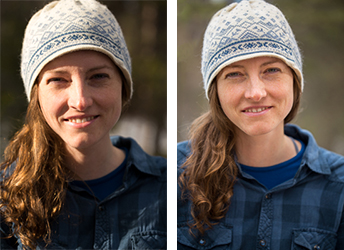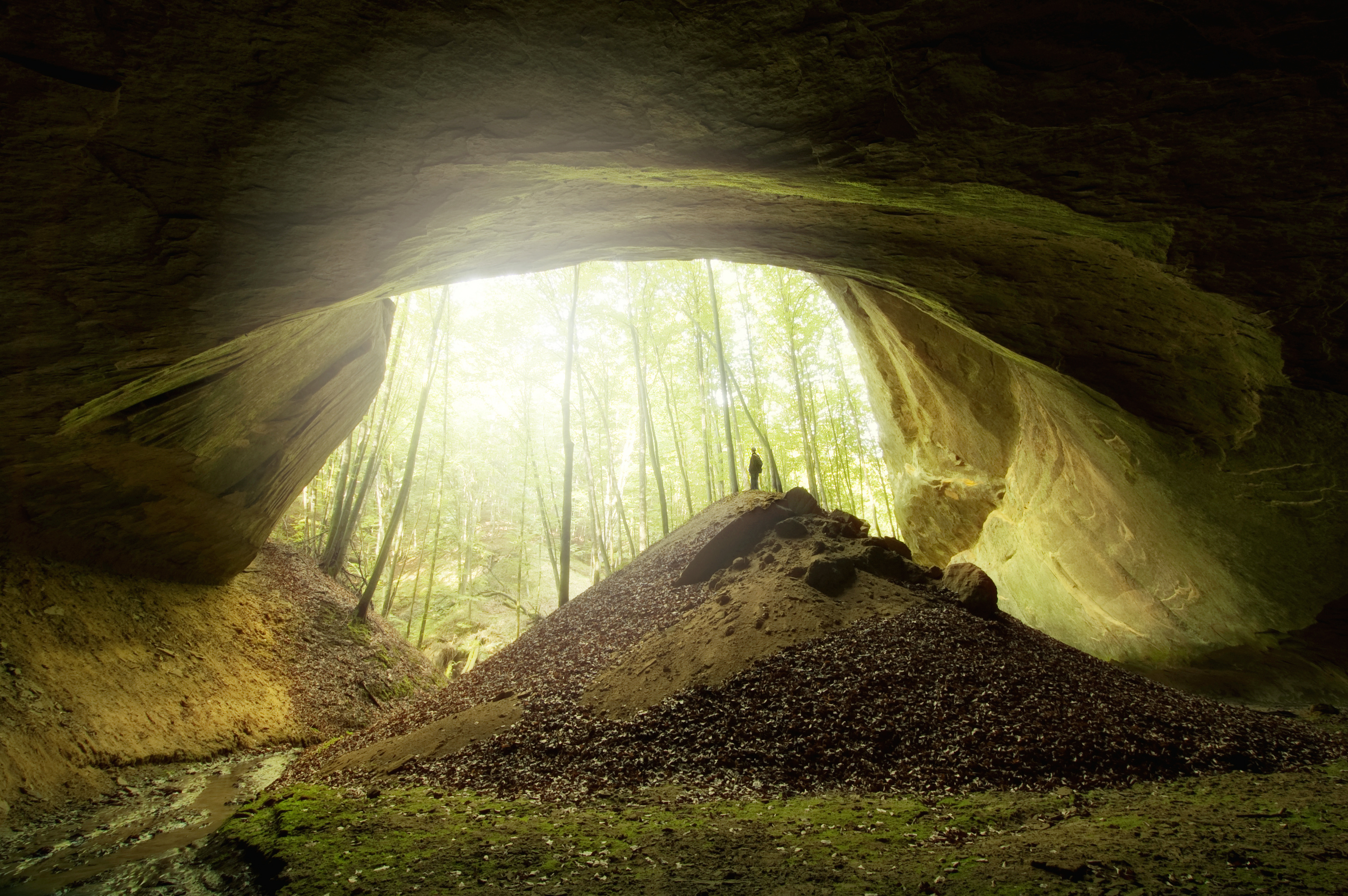Welcome to the second week of our Back to Basics series. If you missed last week’s article, on better composition for stock, you’ll find it here. Today, let’s take a look at another extremely important aspect of any saleable stock photograph: light. Light is one of those things that can absolutely make or break your shot, so it’s important to find the right light. But what is the right light? Well, sorry to tell you this, but… it depends! It depends on your subject, what you are trying to show, and the mood you are trying to convey. But to give you an idea of “good” light vs. “bad” light, check out these two photos, taken just a few seconds apart: 




- What direction is the light it coming from?
- What is the quality of the light? Is it harsh and high contrast or soft and diffuse?
- Where are the shadows falling?
- Is your subject illuminated in a way that communicates the mood you want?
Try moving yourself or your subject to experiment shooting from different angles to your light source. Notice how this changes your subject. This is important stuff. When you nail the light you are really taking creative control and getting one step closer to making the best images possible. By beginning to pay close attention to matching the light with your subject, you’ll start to create photos that really impact the viewer and bring more sales to your stock portfolio! — Bonnie Bonnie Caton Creator, Breakfast Stock Club P.S. Want to take your images to the next level? Check out our Lightroom for Starters: Edit Like a Pro online workshop which begins later this month. In four days we’ll get you up and running with Lightroom, learning how to edit your photos to get more sales. Check it out here. Your Weekly Breakfast Dish The Latest from Your Breakfast Stock Club Facebook Page In response to the question: what’s everyone been shooting lately? Karen Padilla: Practicing with my new flash. Family, dogs, portraits, things and different lighting situations. Want to be ready for big trip. Haven’t used flash for a long time. Mike Hopkins: Went to a kite competition here in Fl. Theresa St John: Street art! Loving it!
Travel Photography Resources
5 Dos and 2 Don’ts for Travel Photography
Take Great Photos And Get Paid More For Your Travel Articles
Turning a Photography Hobby into a Monthly Income
The Pros Of Selling Your Images As Stock Photography
16 Mobile Photography Tips And Tricks Every Photographer Should Know

